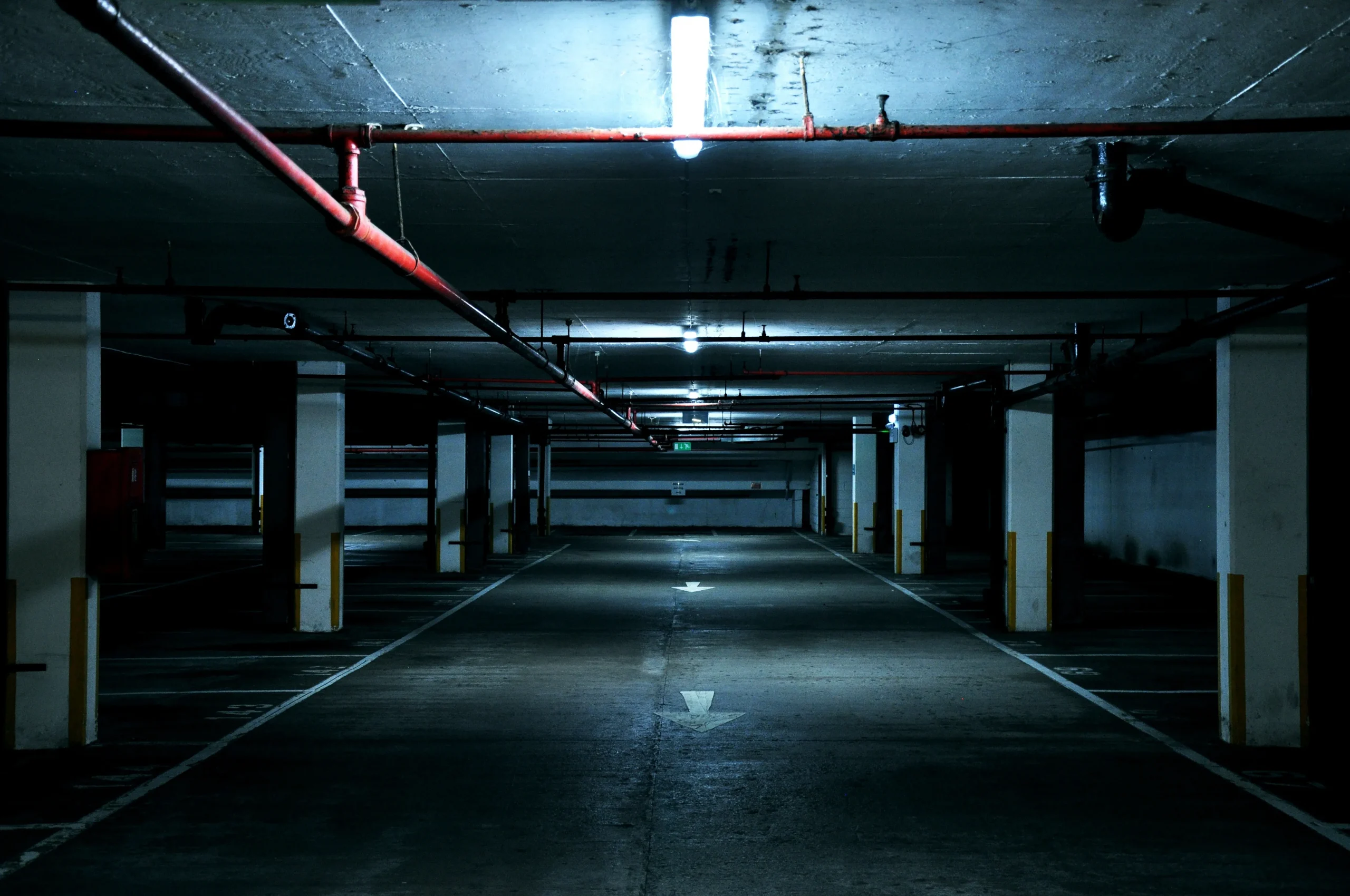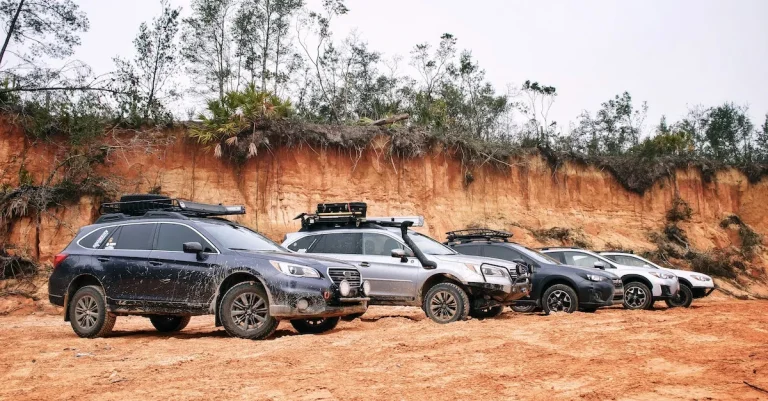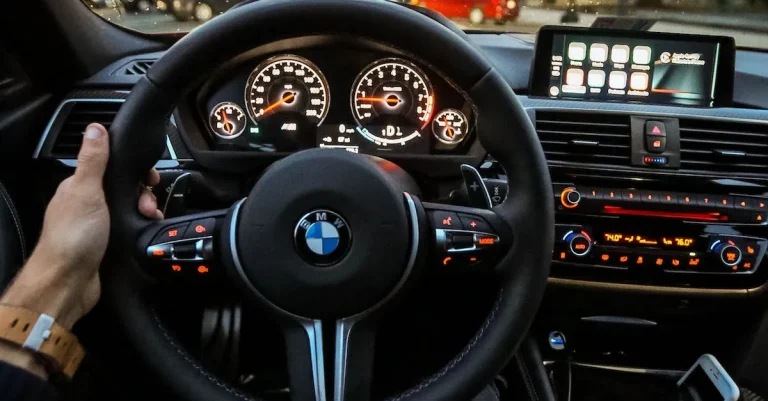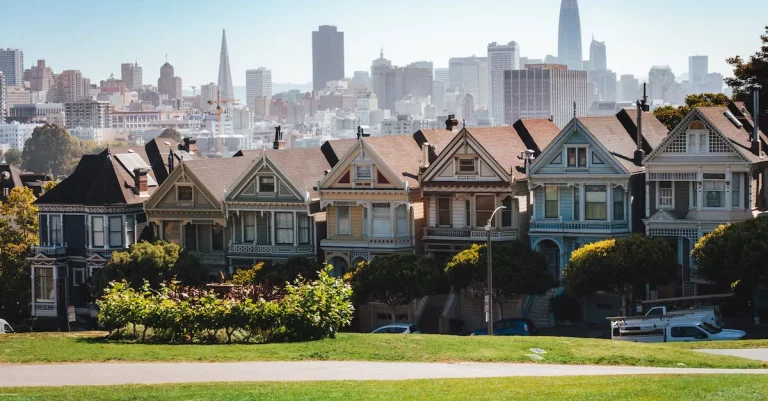Parking Lot Speed Limits In California: Laws, Signage, And Safety
When driving through a parking lot, it can be unclear exactly how fast you should be going. Is there a specific speed limit that must be obeyed? What happens if you go too fast and get in an accident?
If you’re short on time, here’s a quick answer: There is no universal speed limit for parking lots in California. Most lots do not have posted speed limits and drivers are simply expected to maintain a reasonable, safe speed. However, some parking facilities require slower limits for pedestrian safety.
In this comprehensive guide, we’ll examine California laws and regulations related to parking lot speed limits. We’ll look at typical speeds used, factors that determine appropriate speeds, proper signage, and the consequences for accidents or traffic violations.
California Laws and Regulations for Parking Lot Speeds
No Universal Speed Limit Defined in Law
When it comes to parking lot speed limits in California, it’s important to note that there is no universal speed limit defined in state law. Unlike public roads where specific speed limits are clearly posted, parking lots fall under a different category.
However, this does not mean that drivers have free reign to speed through parking lots without consequences.
Parking lots are considered private property, and the responsibility for setting and enforcing speed limits falls on the property owner or manager. This means that the speed limits in parking lots can vary from one location to another.
It’s crucial for drivers to be mindful of the posted speed limits and adhere to them to ensure the safety of pedestrians and other vehicles.
Reasonable and Prudent Driving Required
Even though there may not be specific speed limits in parking lots, drivers are still required to operate their vehicles in a reasonable and prudent manner. This means that drivers should adjust their speed based on the conditions present in the parking lot, such as the presence of pedestrians, other vehicles, and obstacles.
California Vehicle Code Section 22350 states that “no person shall drive a vehicle upon a highway at a speed greater than is reasonable or prudent having due regard for weather, visibility, the traffic on, and the surface and width of, the highway, and in no event at a speed which endangers the safety of persons or property.
“ While this law specifically mentions highways, it is applicable to parking lots as well.
Local Authority to Set Speed Limits
In California, local authorities have the power to set specific speed limits within their jurisdictions, including parking lots. This means that property owners or managers, in consultation with local authorities, can establish speed limits for their parking lots based on factors such as the size of the lot, the layout, and the anticipated traffic volume.
It’s important for drivers to be aware of any posted signage indicating the speed limits in parking lots. These signs may vary in design but are typically found at the entrances or throughout the parking lot.
Following the posted speed limits not only ensures the safety of everyone present but also helps prevent accidents and property damage.
For more information on parking lot speed limits and other traffic regulations, you can visit the California Department of Motor Vehicles website.
Typical Parking Lot Speed Limits
When it comes to parking lot speed limits in California, there are certain guidelines that are typically followed to ensure the safety of pedestrians and drivers. These limits may vary depending on the size and layout of the parking lot, as well as the presence of pedestrian areas and other factors.
10-15 MPH Limits at Malls and Large Lots
In most cases, parking lots at malls and large commercial establishments in California have speed limits ranging from 10 to 15 miles per hour (mph). These lower speed limits are designed to ensure the safety of shoppers and pedestrians who are walking between their vehicles and the stores.
It is important for drivers to adhere to these limits to avoid accidents and potential injuries.
Lower Limits Near Pedestrian Areas
In areas of the parking lot where there are designated pedestrian walkways, crosswalks, or areas with high foot traffic, the speed limits may be even lower. It is not uncommon to see speed limits as low as 5 mph in these areas to prioritize the safety of pedestrians.
These lower speed limits help prevent accidents and provide a safer environment for everyone in the parking lot.
Speed Bumps and Signs Used for Enforcement
To enforce parking lot speed limits, many establishments use various measures such as speed bumps and clear signage. Speed bumps are effective in slowing down vehicles and reminding drivers to reduce their speed.
Signs indicating the speed limit are strategically placed throughout the parking lot to remind drivers of the maximum speed allowed. These measures help ensure compliance with the speed limits and enhance overall safety in parking lots.
For more information on parking lot speed limits and safety guidelines in California, you can visit the California Department of Motor Vehicles website.
Factors Influencing Appropriate Speed
Parking Lot Size and Configuration
The size and configuration of a parking lot play a crucial role in determining the appropriate speed limit. Larger parking lots with wider lanes and fewer obstacles may allow for higher speeds, while smaller and more congested lots may require lower speed limits to ensure the safety of both drivers and pedestrians.
According to the California Vehicle Code, parking lots should have clear signage indicating the maximum speed limit, taking into consideration the specific characteristics of the lot.
Amount of Pedestrian Traffic
The amount of pedestrian traffic in a parking lot is another important factor to consider when establishing speed limits. High pedestrian traffic areas, such as shopping centers or schools, require lower speed limits to minimize the risk of accidents.
Pedestrians, especially children and the elderly, may not always be aware of their surroundings or able to react quickly to oncoming vehicles. It is crucial for drivers to exercise caution and abide by the posted speed limits to ensure the safety of everyone in the parking lot.
Presence of Children or Elderly
The presence of children or elderly individuals in a parking lot further emphasizes the need for reduced speed limits. Children, in particular, can be unpredictable and may dart out from between parked cars without warning.
Elderly individuals may have limited mobility or slower reaction times, making it essential for drivers to be vigilant and drive at appropriate speeds. It is in everyone’s best interest to prioritize safety by adhering to the designated speed limits.
Geography and Visibility
The geography and visibility of a parking lot also impact the appropriate speed limit. Parking lots with tight turns, narrow lanes, or limited visibility require lower speed limits to accommodate for these challenges.
In areas where drivers’ sightlines may be obstructed by buildings, landscaping, or other parked vehicles, it is crucial to drive at a reduced speed to ensure the safety of both drivers and pedestrians.
Additionally, parking lots located on hilly terrain may require lower speed limits to account for the potential risks associated with navigating slopes.
Day vs. Night Speed Considerations
Daytime and nighttime driving conditions can significantly affect the appropriate speed limits in parking lots. During the day, drivers have better visibility and can more easily spot pedestrians or potential hazards.
However, at night, reduced visibility and the absence of natural light make it imperative for drivers to exercise greater caution and reduce their speed. Many parking lots have lower speed limits during nighttime hours to account for these conditions.
Adhering to these speed limits can help prevent accidents and ensure the safety of all individuals in the parking lot.
Consequences of Excessive Speed
Driving at excessive speeds in parking lots can have serious consequences. It not only puts the safety of pedestrians and other drivers at risk but also exposes the driver to various legal and financial repercussions.
Understanding the potential consequences of excessive speed can help promote safer driving habits and ensure compliance with the law.
Liability in Accidents
When a driver exceeds the speed limit in a parking lot and causes an accident, they may be held liable for any resulting damages or injuries. This means that if another vehicle or pedestrian is involved in the accident, the driver at fault may be responsible for covering the cost of repairs, medical expenses, and other related damages.
In some cases, they may also face legal consequences, such as lawsuits or insurance claims.
Injuries to Pedestrians
Excessive speed in parking lots poses a significant risk to pedestrians. Pedestrians are often unaware of approaching vehicles or may assume that drivers are traveling at a safe speed. When a driver exceeds the speed limit, they reduce their ability to react to unexpected situations, increasing the likelihood of accidents and injuries.
It is crucial for drivers to be mindful of pedestrians in parking lots and to drive at a safe and reasonable speed to avoid potential harm.
Traffic Tickets and Citations
Driving above the posted speed limit in a parking lot can result in receiving a traffic ticket or citation. Law enforcement officers routinely patrol parking lots to ensure compliance with speed limits and other traffic regulations.
If caught driving at excessive speeds, drivers may face fines, points on their driving record, and increased insurance premiums. It is important to remember that parking lot speed limits are put in place for the safety of all individuals and should be obeyed.
Suspension or Loss of Driving Privileges
In some cases, repeated violations of parking lot speed limits can lead to the suspension or loss of driving privileges. If a driver accumulates a certain number of points on their driving record within a specific timeframe, their license may be suspended or revoked.
This can have significant consequences, including limitations on employment opportunities and increased reliance on alternative modes of transportation.
It is essential to prioritize safety and adhere to speed limits in parking lots. Doing so not only helps prevent accidents and injuries but also avoids legal and financial repercussions. Remember, everyone shares the responsibility of maintaining a safe and secure parking lot environment.
Conclusion
When navigating a parking lot in California, remember to keep your speed reasonable based on conditions, watch for pedestrians, and obey any posted limits. Although tickets are rare, exceeding safe speeds could make you liable in accidents.








